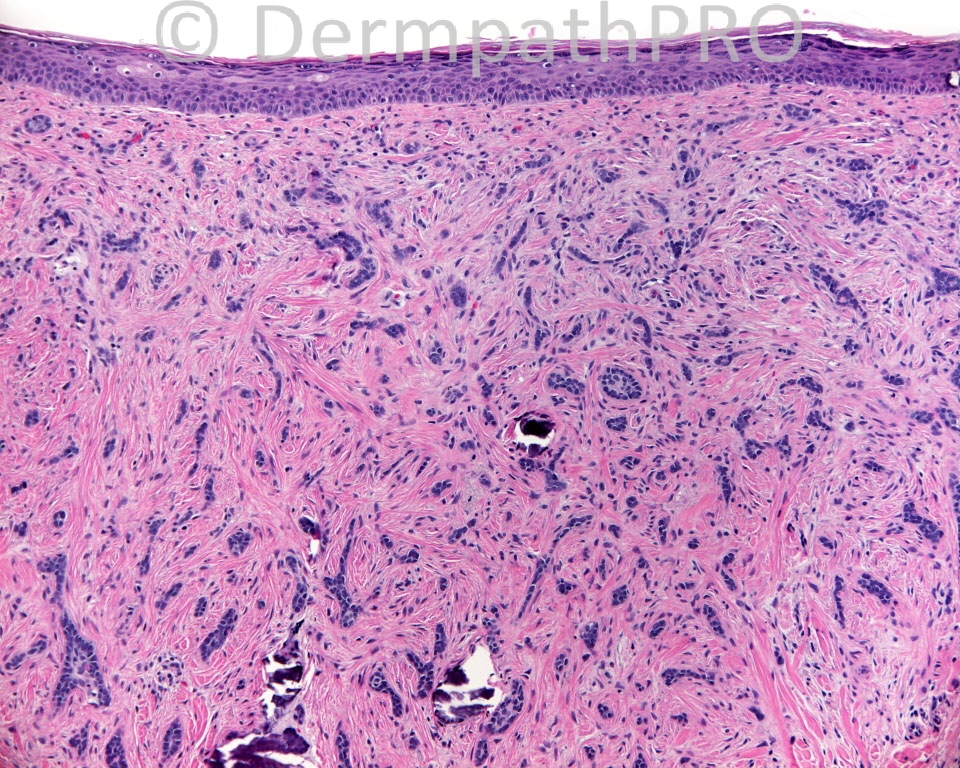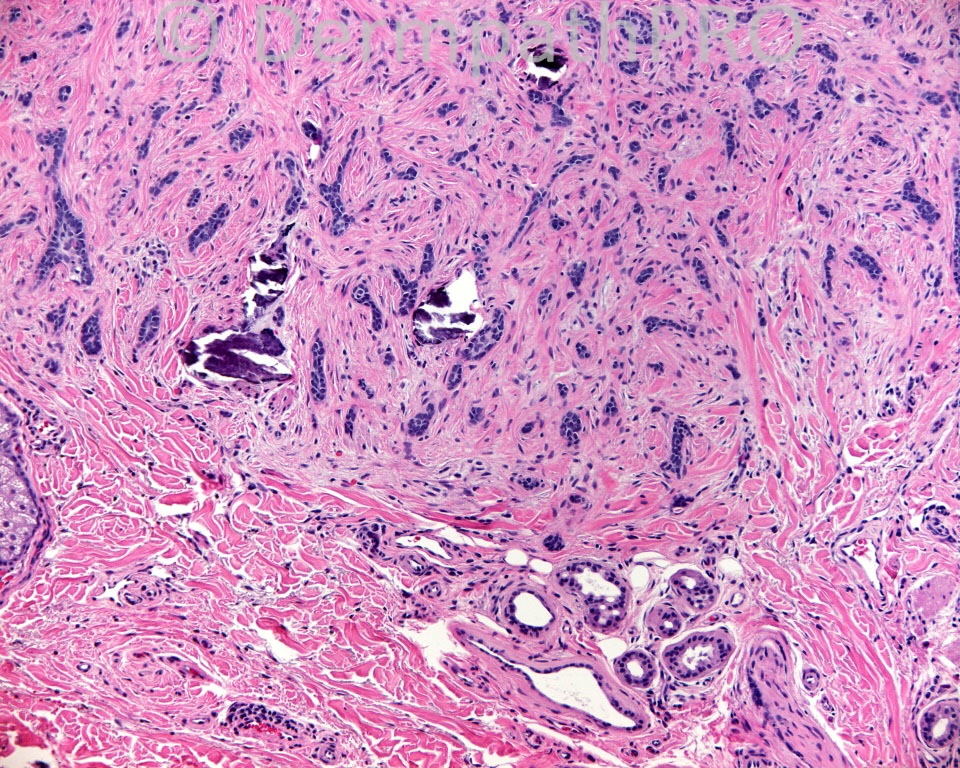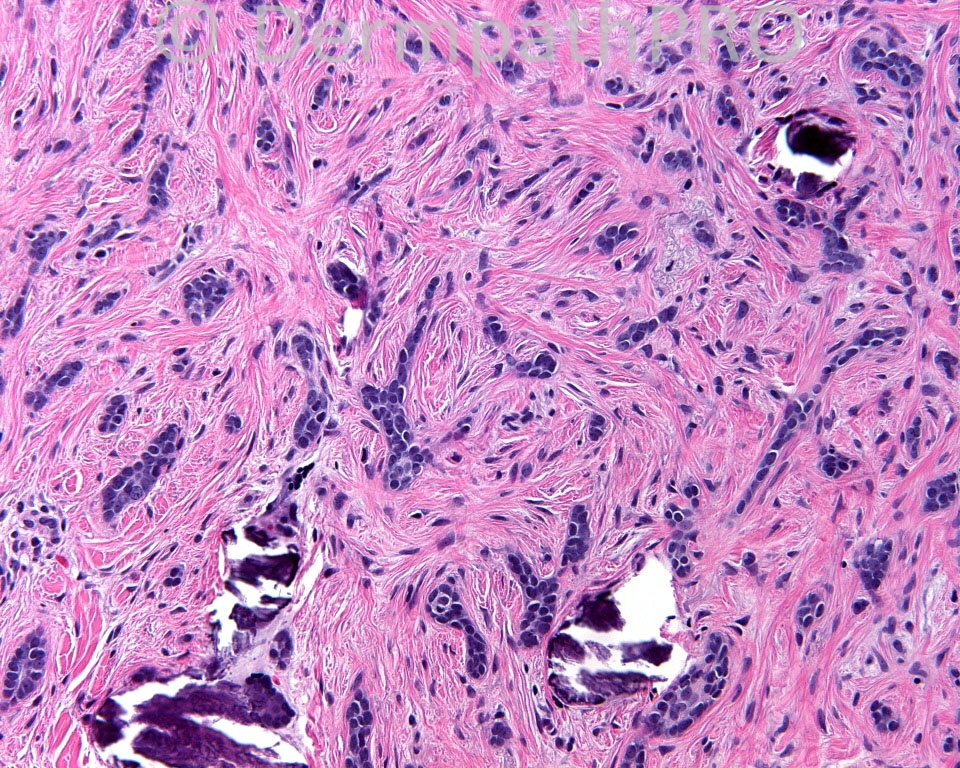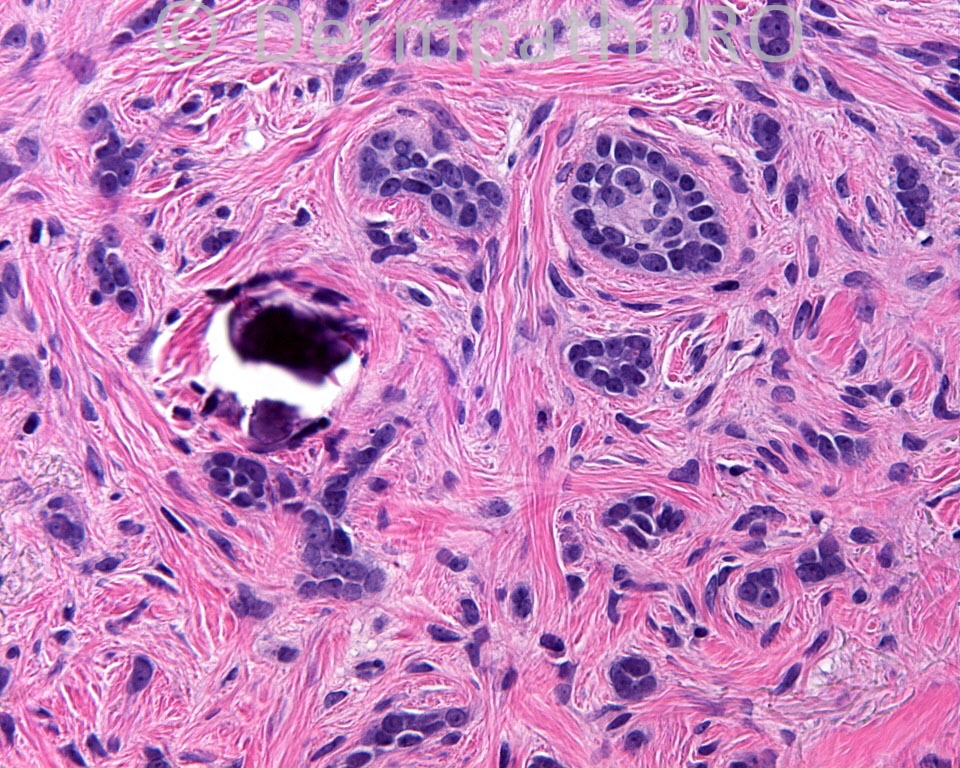Case Number : Case 813 - 30th July Posted By: Guest
Please read the clinical history and view the images by clicking on them before you proffer your diagnosis.
Submitted Date :
The patient is a 51 year-old white man with a lesion from the right cheek of the face.
Case posted by Dr Mark Hurt.
Case posted by Dr Mark Hurt.








Join the conversation
You can post now and register later. If you have an account, sign in now to post with your account.